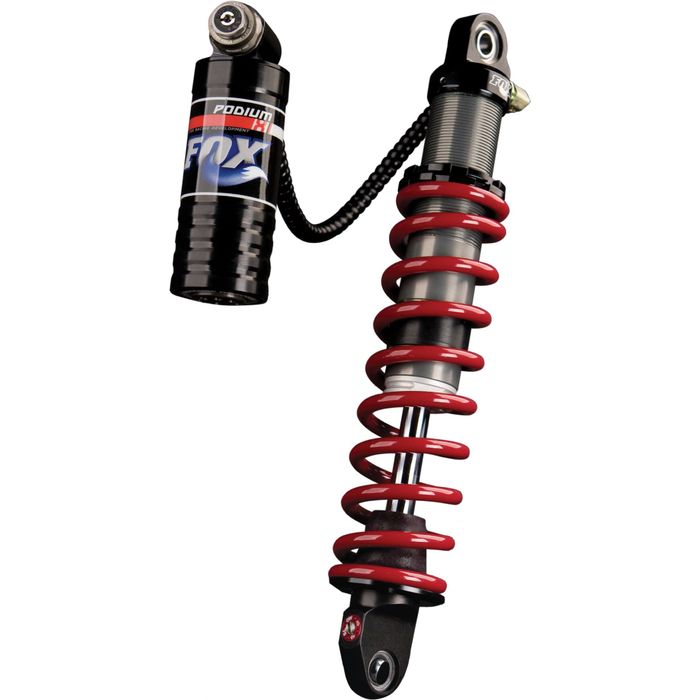Adjusting the shocks on your ride is one of the easiest and most effective ways of perfecting how your ATV feels to ride.
The proper suspension adjustment can smoothen out every bump in the trail while giving you better traction and control when you need it. It’s fun to try out different suspension adjustments, and it takes almost no time at all.
First, we need an idea of how the suspension works in your ATV.
The suspension system of your ATV is made up of several shocks. Each of these shocks is made up of two main parts, the spring and the shock absorber (also known as the dampener). As we’ll see, these two parts work against each other to give you the perfect ride based on the adjustments you make.
Hit a bump on the road, and the spring will compress, so you don’t feel it. The spring tension then drops the tire back down immediately, so you retain traction. Great! But if we only had springs, our ATVs would be bouncing around all over the place like a grasshopper. It’d be impossible to control.
The shock absorber acts as the counter to the spring. It has an oil-filled tube with a piston that absorbs much of the bounce of the spring, like when you push a spoon into a jar of thick peanut butter. Some of the force is absorbed, and the bounce of the spring is smoothened out.
When the spring and shock absorber are perfectly adjusted to work against each other, you’ll get a smooth ride that cancels out all the little bumps in the road but also handles high-stress situations, like going over a big jump, with aplomb. If you feel the shocks on your ATV are too soft or hard, you can adjust them.
Off-road are the core piece of riding gear for ATV & UTV riders
Find out the best look for you
There are two main measurements when it comes to ATV shocks. The first is compression. This is how much the spring will compress.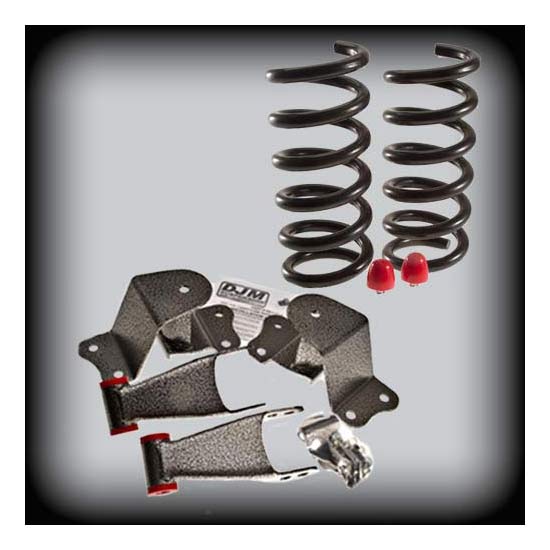 Loose compression will feel bouncy, and when you go over major jumps, the springs will completely bottom out, making for a shudder and potential injury.
Loose compression will feel bouncy, and when you go over major jumps, the springs will completely bottom out, making for a shudder and potential injury.
When the compression is too stiff, you’ll feel every bump in the road. This not only feels uncomfortable, but it can also make the ATV difficult to ride as you’re constantly fighting the shocks from the terrain.
When you adjust ATV shocks, you mainly adjust the compression.
The other important measurement in shocks is the rebound. Not every ATV suspension will allow you to adjust the rebound. Where compression is how much your springs will compress, the rebound is how fast the spring will decompress.
Stiff rebound means your tires won’t quickly return to the ground quickly enough, so you’ll lose traction. Loose rebound will return the tires to the ground too quickly, giving you a bucking motion that can make recovering from jumps feel jittery.
Image from Jonathan Cedotal YouTube Channel
How you decide to adjust your ATV suspension will depend on personal preference and how aggressive you ride.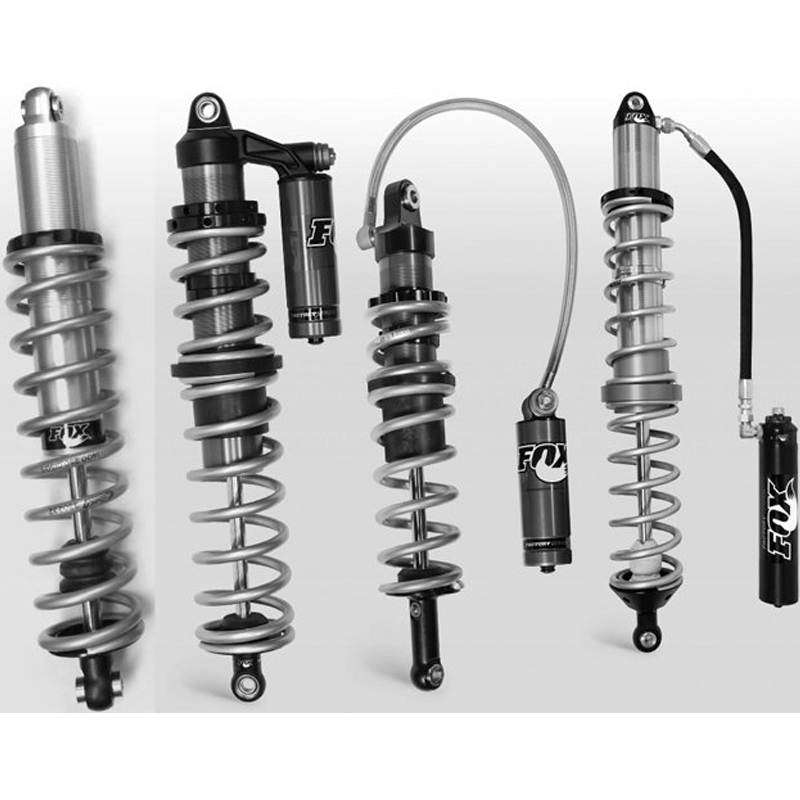 If you’re constantly going over heavy jumps, you might choose to set a higher compression, for example so that the suspension won’t bottom out.
If you’re constantly going over heavy jumps, you might choose to set a higher compression, for example so that the suspension won’t bottom out.
Exactly how to adjust the suspension on your ATV comes down to the make and model. Most ATVs these days use clickers, which is essentially a nut, screw, or knob at the top of the suspension. All you need to do is adjust the clicker, and the suspension will adjust accordingly. Older models have no clicker, and you need to adjust the shock’s threaded collar.
More advanced suspensions may have two clickers. These are known as high-speed clickers and low-speed clickers. As you might expect, the high-speed clickers adjust how much compression you’ll get at big hits like a jump, and the low-speed clicker is for adjusting the compression at low speeds. Testing the ATV on big jumps and a section of bumps will give you an idea of whether you want to loosen or tighten these compression settings.
In some cases, there will also be a rebound adjuster located at the bottom of the shocks.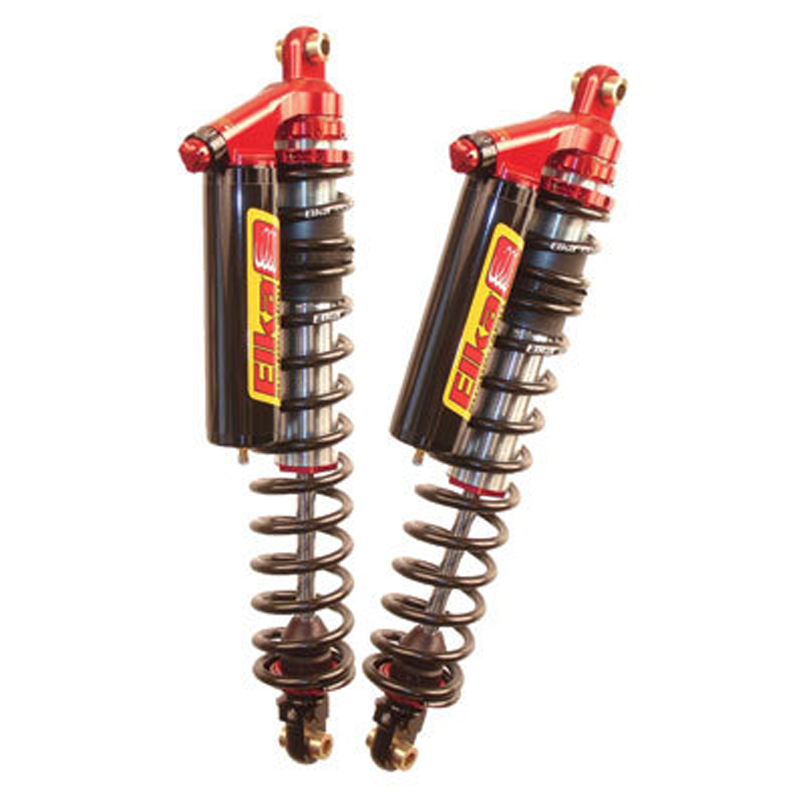 You can test the rebound of your vehicle over a small jump to get an idea of whether your current rebound is too loose or tight.
You can test the rebound of your vehicle over a small jump to get an idea of whether your current rebound is too loose or tight.
SPORTSMAN
36 EUR
ENDURO
the most durable
577 EUR
AQUAMASTER-ZIP LIGHT
with central zipper
568 EUR
ENDURO LIGHT
the most durable
378 EUR
AQUAMASTER LIGHT
reliability & comfort
438 EUR
NEODRY
16 EUR
ENDURO
the most durable
229 EUR
AQUAMASTER
reliability & comfort
567 EUR
-30%
HIT
AQUAMASTER
reliability & comfort
259 EUR
181.30 EUR
BELT
8 EUR
ENDURO BF
bootfoot waders
468 EUR
ENDURO BF
bootfoot waders
289 EUR
ENDURO
29 EUR
NEOSENSOR
14 EUR
9. 80 EUR
80 EUR
MUDWAY
179 EUR
TARGET 20L
32 EUR
22.40 EUR
MUDRIDER
299 EUR
209.30 EUR
WADEMAN
lightweight waders
159 EUR
MUDWAY NEW
199 EUR
URBAN
79 EUR
Explore all
Learning how to adjust your ATV shocks might be the single most important way to improve your ride. After all, properly adjusted shocks can make every bump feel smoother, give you more traction, and give you better control.
The best part, though, is that the way to tweak and test your shocks is by going for a ride! Adjustments take no time at all, and you’ll feel the difference immediately. Talk about instant gratification.
But before we get into the nuts and bolts of making adjustments, we’ll break down exactly what it is that shocks do and how they do it.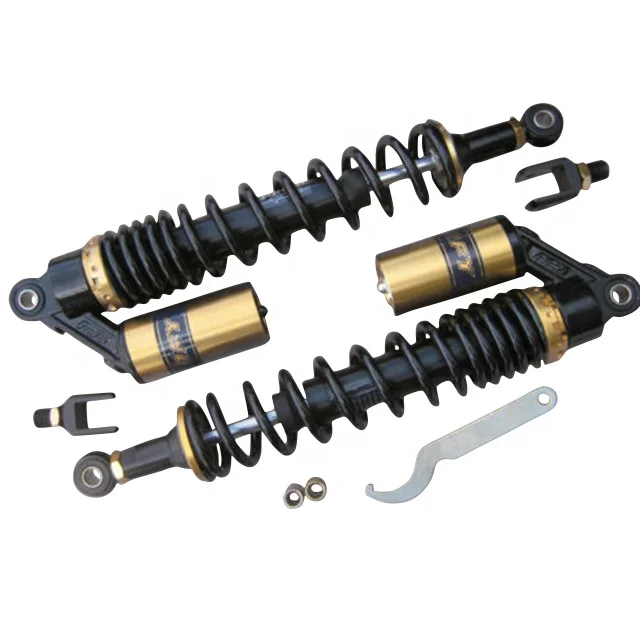 Knowing why you’re turning this knob or tightening that collar will help you make more sense of what you’re doing and ultimately make you a better shock adjuster.
Knowing why you’re turning this knob or tightening that collar will help you make more sense of what you’re doing and ultimately make you a better shock adjuster.
So let’s dive in.
How Shocks WorkShocks are made up of two key parts:
These two parts work together, or rather against each other, to make sure you have a perfectly smooth suspension.
Springs are designed to keep your wheels on the ground. Hit a bump that sends your tires up and the springs compress so you don’t feel it. Then, they send your tires right back down so you maintain traction, acceleration, and control.
However, if you only had springs in your suspension, your ATV would constantly wobble and bounce like you were riding on a giant water bed. In practical terms, it would buck you like a bronco until you roll over or barf—whichever comes first.
That’s where shock absorbers come in. They’re the center part of your shock and consist of an oil-filled tube with a piston inside.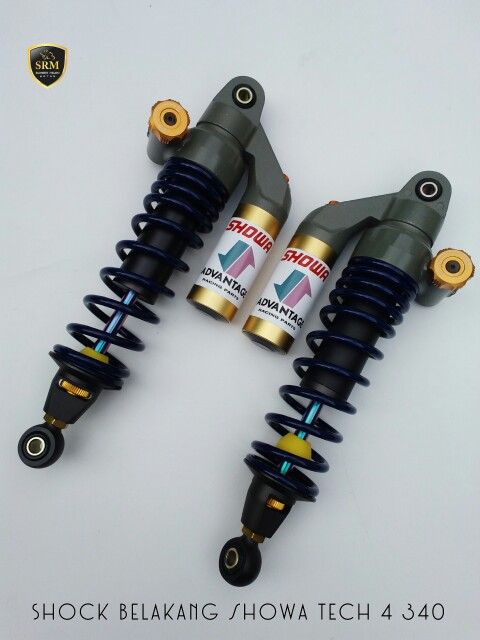 There are valves in the tube that control how fast or slow the oil can move through the piston. The result is that it stops your spring and ATV from wobbling all over the place like a bobble head every time you hit a bump. Instead, it causes your springs to compress and decompress in a controlled way.
There are valves in the tube that control how fast or slow the oil can move through the piston. The result is that it stops your spring and ATV from wobbling all over the place like a bobble head every time you hit a bump. Instead, it causes your springs to compress and decompress in a controlled way.
When they’re working together, you get all the benefits of a spring without any of the drawbacks. They keep your tires gripping the ground and make bumps smooth.
When they’re not working together… that’s when you have to adjust your ATV shocks.
Shocks use a spring paired with an oil-filled dampener to keep your ride cushy. The dampener keeps the spring from oscillating back and forth so that your quad is more stable. Setting the compression and rebound of the dampener can make or break the feel of your suspension.When it comes to actually adjusting your ATV shocks, there are a few tools at your disposal that are built into many shocks.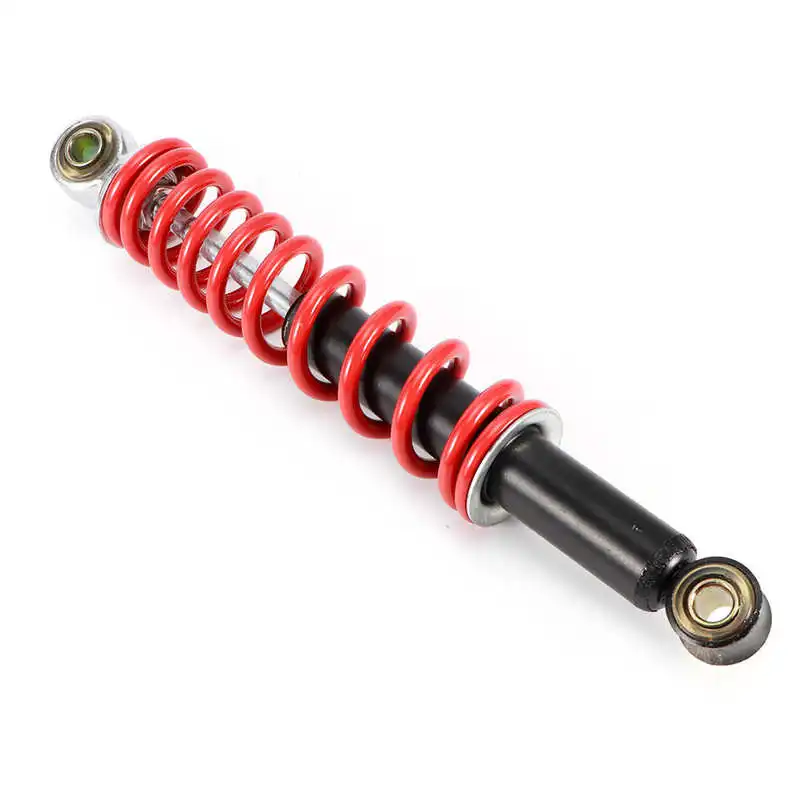 The most prominent one is the clicker. This is the little knob, nut, or set screw that’s built into the top of the shock.
The most prominent one is the clicker. This is the little knob, nut, or set screw that’s built into the top of the shock.
Clickers affect the flow rate of the oil through the valve inside the shock. When you adjust the clicker, you’re adjusting your shock’s compression (more on that in a bit). They adjust in small increments and make an audible click when you turn them, hence “clicker.”
Different kinds of shocks have different clickers, too. Most just have a single adjuster that affects the overall compression of your ATV shock. Others have a high- and low-speed compression adjuster. The high speed adjuster will affect big suspension hits like landing a jump, while the low speed adjuster affects much smaller hits, like going through whoops or rocky terrain. Some shocks even have a mid-speed adjuster, but those are few and far between.
Most new ATVs have shocks that come with a single clicker on each shock. Factory shocks on older ATVs might have no clickers at all and can only be adjusted using the threaded collar on the shock.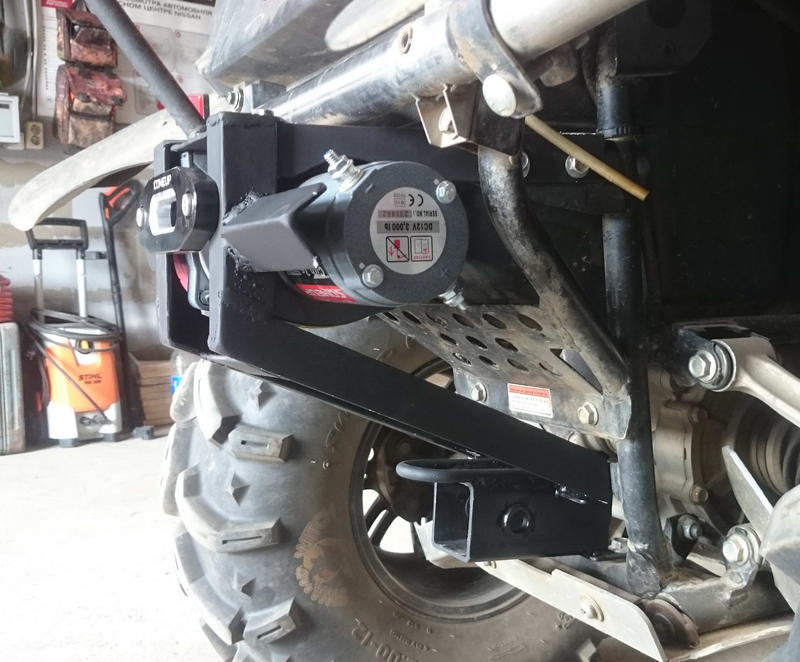
So now that you know all the different kinds of clickers you could have, it’s time for you to get a handle on what compression actually is.
Compression, as the name suggests, has to do with how your shock compresses when you hit a bump or land a jump. This is different than rebound, which refers to the way your shocks act after they’re compressed.
When you’re trying to get your suspension to feel good, you’re mostly just trying to get the compression right. If you make your compression too loose, you’ll get that bouncy motion caused by your springs and you’ll end up bottoming out too often. That’s no good for your ATV or your back.
If you make your ATV shock’s compression too stiff, then you’ll start feeling every bump and rock on the trail—also bad for your back.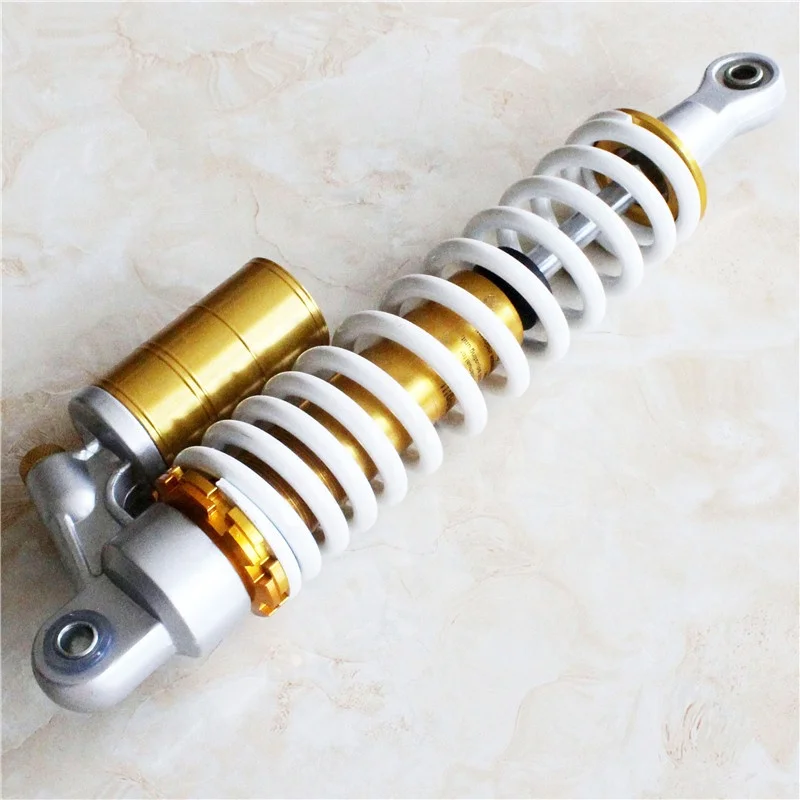 And having it set too far either way will result in less overall control of your vehicle.
And having it set too far either way will result in less overall control of your vehicle.
The best compression rate for most is one that will allow your ATV to almost bottom out on a hard hit, but not quite.
Hand in hand with compression is rebound. It’s the rate that your shock decompresses. Not every shock has a rebound adjuster, but if it does, the rebound set screw is located at the base of the shock.
This has consequences when set too low or too high as well. If your rebound is set so stiff that it rebounds slowly, your tires won’t make it back to the ground between whoops. They’ll compress once, then just stay compressed. As you travel through whoops, you’ll be nearly bottomed out the entire time, and you’ll lose speed due to lack of traction.
This is bad, obviously, since your suspension doesn’t really act like suspension at this point.
On the flip side, if you set your rebound too loose, you’ll get that bucking action that can send you ass over tea kettle whenever you hit a bump. Plus, your ATV will tend to bounce up and down even after a single bump as it tries to get back to its resting position. That’s no good.
Plus, your ATV will tend to bounce up and down even after a single bump as it tries to get back to its resting position. That’s no good.
The perfect position lets your shock rebound quickly without overshooting the equilibrium so that your suspension doesn’t bounce up and down before it settles.
Let’s talk about how to dial it all in.
Adjusting the Shocks on Your ATVNow we’ll go through the steps to adjust your ATV shocks to your heart’s content. Tweaking is best done when you have quick access to a trail or ride area to test out your results. It might sound like a tedious process at first, but trust us—once you get started, you won’t want to stop.
You need to make sure your tires are aired up to the proper pressure before you do anything else.
If your tires aren’t right, you simply won’t be able to adjust your ATV’s shocks properly. They’re the foundation of your suspension, and if they feel bad, no amount of tweaking your shocks will fix it.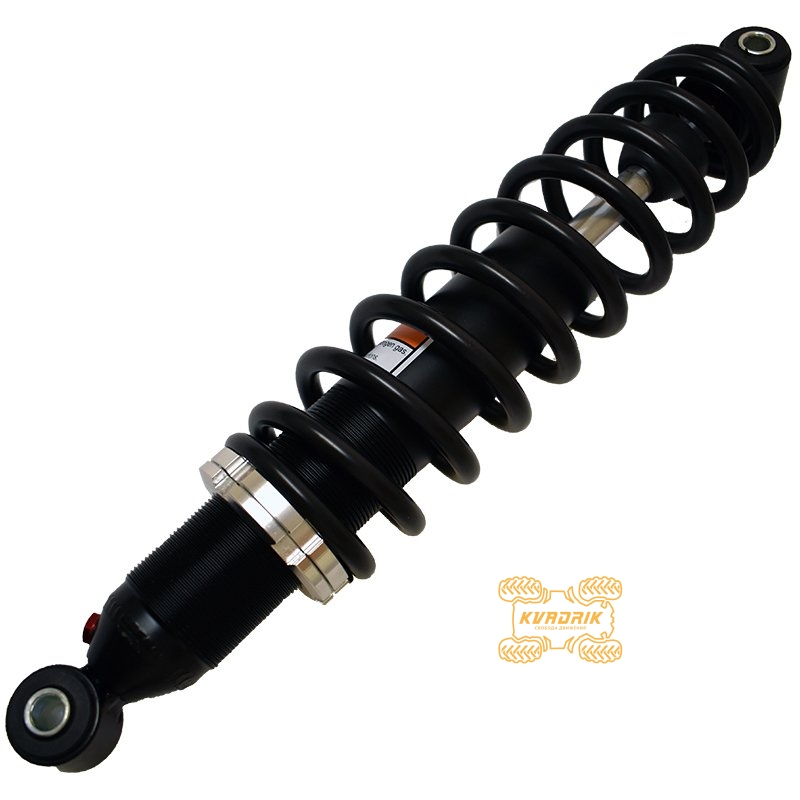
The first thing you need to do to your shocks is set your ride height. This is done using the threaded collar or snail cam on your shocks.
First, if your shocks have a threaded collar, check your owner’s manual for the typical that you want to stay within when adjusting. Unless you want your front to be lower than your rear for some reason, you should try to keep the adjustments the same in all four corners.
Then, with your machine lifted, loosen the locking collar on the top and thread the adjustment collar up or down. Tightening it down will increase ride height and give you a stiffer ride. Loosening it will lower ride height, giving you a softer ride. We usually recommend going with the lowest ride height that you’re comfortable with to start.
If you have a snail cam on the bottom of your shock, you will use that to set your preload. With a snail cam, the adjustments are opposite. So adjusting it higher will stiffen suspension and raise your ride height. Adjusting it lower will soften the suspension and lower your ride height. Again, we recommend the lowest height that you’re comfortable with.
Adjusting it lower will soften the suspension and lower your ride height. Again, we recommend the lowest height that you’re comfortable with.
Once you have your collars set and tightened up, it’s time to start adjusting your clickers.
You can use the double collars at the top of the shock to set the preload. Refer to your owners manual to make sure you don’t get it too out of spec.Adjusting clickers is where things start to get really fun. If you have high- and low-speed adjusters on your shocks, you should start with the high speed adjuster. This is the one that affects compression with big hits, like landing a jump. If you only have one clicker, you will adjust it just like the high speed adjuster.
First, you need to find something that hits your suspension hard when you ride on it. Try to find something that you think is comparable to a typical hard hit on your average ride. We usually use a small jump.
Hit the jump. If your suspension doesn’t bottom out, turn your clickers two clicks counterclockwise. Remember: righty tighty, lefty loosey applies to your compression stiffness too.
Remember: righty tighty, lefty loosey applies to your compression stiffness too.
Then, hit the jump again. Repeat the process of loosening your compression a couple clicks and testing it on a jump until your suspension does bottom out. Next, all you have to do is turn the clickers two or three clicks clockwise and you’re good to go. You’ll have nice, plush compression that doesn’t wreck your shocks.
If you have a low speed clicker, adjusting it will take a little more finesse. You’ll need to find a section of bumps or whoops first, and take a run at it at a decent speed.
You need to pay close attention to how it feels. If you feel like you’re rolling forward and backward or left and right while you ride, that indicates that your low speed clicker is set too soft. If every single bump and rock makes your teeth chatter, then the clicker is set too stiff.
In these instances, you’ll need to set your clicker two clicks softer or stiffer and ride it again. Keep making those incremental changes and keep testing it until your ATV glides over the whoops without swaying too much or vibrating you to death.
Keep making those incremental changes and keep testing it until your ATV glides over the whoops without swaying too much or vibrating you to death.
Your rebound adjuster is located at the bottom of the shock. Like we mentioned earlier, it affects the rate at which your shock extends after it’s compressed.
The best way to test your rebound is to use a small jump, regardless of your ride style. When you land the jump, pay attention to how your suspension settles. If your ATV bounces up and down before it settles, your rebound is too loose. If it feels like your suspension stays compressed too long, it’s too tight.
It’s easier to adjust it properly if you start with it too loose—that is, with your rebound set screw or dial turned counterclockwise.
Hit the jump and feel your ATV bounce up and down. Turn your rebound screw clockwise a bit (sorry, no satisfying clicks on this one) and repeat. When you’ve adjusted it enough and your suspension pops up quickly without bouncing up and down, you’ve got it dialed in.
This is the baseline setting. You can go stiffer or softer depending on your unique riding style. You might want a stiffer rebound if you’re doing anything that’s slow and technical to make sure your suspension conforms to the terrain and doesn’t push you off a boulder too quickly. If you have a specific style that you enjoy, be sure to mess with rebound even more.
The rebound adjuster near the bottom of the shock affects how quickly your shocks extend after they’re compressed. If the rebound is too fast, your suspension will feel bouncy. If it’s too slow, your suspension will feel sticky.That’s all there is to it! With all your ATV shock adjustments made, you have the perfect combination of plush and performance. You’ll have excellent control and traction. And when you’ve put in all the work tweaking and tuning, you’ve really earned it. And it was fun, right? All you’ve got to do is ride and turn some knobs. Not bad at all.
RELATED CONTENT: shocks5
Share
84
Have you ever read an article about ATV or Side-by-Sides and come across completely unfamiliar terminology? But what if you knew, let's say, that they are only about the thermohydraulic dissipation of kinetic energy? If this knowledge doesn’t make it easier, then it’s time to really understand the issue.
From the very first day, when you are just starting to study the chassis and suspension of your new “iron horse”, it can be easy to confuse a lot of new words and unfamiliar terms that seem to be familiar to absolutely everyone around. Moreover, knowledge (or not knowledge) of this terminology can help you improve your car (or, accordingly, achieve the opposite result). It’s worth understanding it in order to at least find the right suspension settings for your ATV or ATV.
So, in this article you will find a brief "dictionary" of key terms. Armed with new knowledge, you can unleash the true potential of your machines.
First, let's try to get acquainted with the types of settings and their names.
Spring preload: is the pressure setting (or preload) on the shock spring. A large number of basic shock absorbers have only this setting function. This adjustment is made using a female threaded ring on the shock body and a locking ring, which gives more adjustment possibilities, or a five-sided ring, the settings of which are limited to these five levels. Increasing the pressure makes the ride harder and increases the vehicle's ground clearance. Loosening the preload makes for a smoother ride, but can cause the car to hit the bottom of the track.
This photo of a FOX shock shows how to preload the spring using the female ring on the top of the spring (turn clockwise).
Compression adjustment: this setting controls the movement of the rod in the shock body.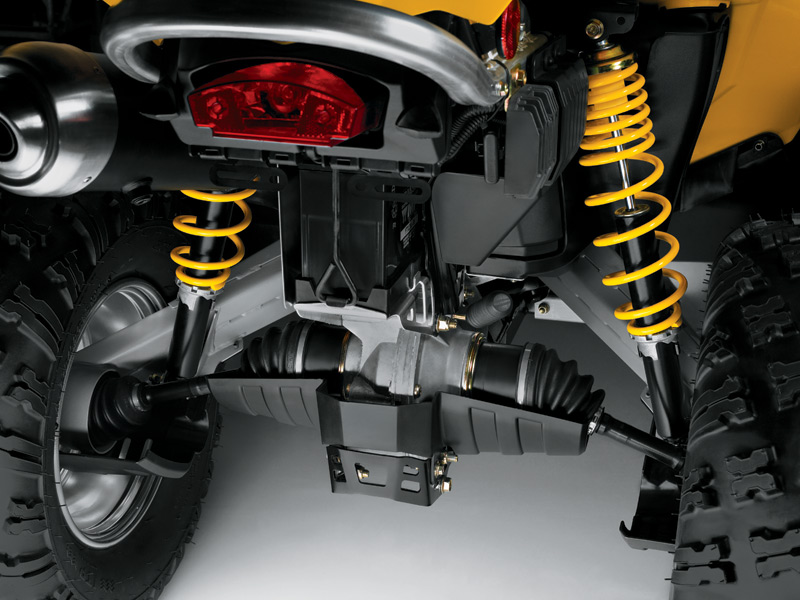 There are two types of compression: slow and fast. There are two types of compression adjuster: adjusting knob or slotted screw head. These regulators control the flow of fluid into the damper. If the shocks compress too fast, you need to slow down the flow rate, if they are too stiff, you can speed it up. With strong compression resistance, breakdowns after a jump are prevented, the car behaves better when passing large irregularities. As for low resistance, the situation is reversed, the car will perform well when passing small bumps in the track, but strong jumps can cause problems. This setting is especially relevant for ATVs and ATVs, with it you can control the suspension when passing uneven terrain, make jumps.
There are two types of compression: slow and fast. There are two types of compression adjuster: adjusting knob or slotted screw head. These regulators control the flow of fluid into the damper. If the shocks compress too fast, you need to slow down the flow rate, if they are too stiff, you can speed it up. With strong compression resistance, breakdowns after a jump are prevented, the car behaves better when passing large irregularities. As for low resistance, the situation is reversed, the car will perform well when passing small bumps in the track, but strong jumps can cause problems. This setting is especially relevant for ATVs and ATVs, with it you can control the suspension when passing uneven terrain, make jumps.
At this point, the driver can only hope that the damper settings are tight enough.
Rebound: this is the speed with which, after compression, the rod returns back to its original state - the one that was before compression. This setting controls the speed of this bounce. This will give you more control over your ATV or Side-by-Side as this setting ensures that the wheel is always in contact with the ground. Adjustment is carried out using a slotted screw or ring, which is twisted at the base of the shock absorber.
This setting controls the speed of this bounce. This will give you more control over your ATV or Side-by-Side as this setting ensures that the wheel is always in contact with the ground. Adjustment is carried out using a slotted screw or ring, which is twisted at the base of the shock absorber.
After the situation with the settings has become more or less clear, you can proceed to the study of the most common terms.
ground clearance: is the suspension height measured with a fully equipped driver and his equipment in the car.
Sag under weight (cars): this term defines the sagging of the suspension under the own weight of the car, without a driver.
Even the ATV's own weight (without rider) compresses the suspension slightly. This is called weight sagging.
Sag or Sag under driver's weight: this is the data on the full suspension travel when a fully equipped rider sits in/on the vehicle in the starting position. Usually, this value is 30% of the full suspension travel.
Usually, this value is 30% of the full suspension travel.
Pogoing: this term is used when the spring reverses too quickly due to certain settings and the shock absorbers, most often the rear ones, get the car's rear suspension out of control.
There are many varieties of shock absorbers - for every taste and budget.
Standard fixed: these are gas-filled shock absorbers that can be seen in budget models of ATVs. They are not regulated.
With spring preload: such a shock absorber can be found in sports cars for beginners or utility ATVs. The preload is usually adjusted by tightening the adjusting nut or loosening it.
Compression adjustable: often found in sports cars, such a shock absorber is most often equipped with a spring preload function. Such a shock absorber can be produced both with a nitrogen tank located on the side and without it.
You can see the pressure adjustment knob located on top of the King's piggyback receiver.
Compression and rebound adjustable: this type of damper will be fitted with a separately attached piggyback receiver or nitrogen tank. They will also feature preload rings, compression and rebound adjustment knobs. This shock will give the rider maximum customization options.
Pneumatic dampers: Air springs have been on the market for a long time, and the FOX brand has become one of the leaders in the industry. There is no spring or fluid in these shock absorbers, and their work is carried out due to air pressure. You can reduce overall machine weight and improve handling with less unsprung weight in the corners.
FOX is the world's leading air suspension manufacturer. With this FOX Float Evol, the adjustment possibilities are endless.
PiggyBack: this is a type of nitrogen-containing reservoir - a container that is attached to the shock absorber on the side or rear.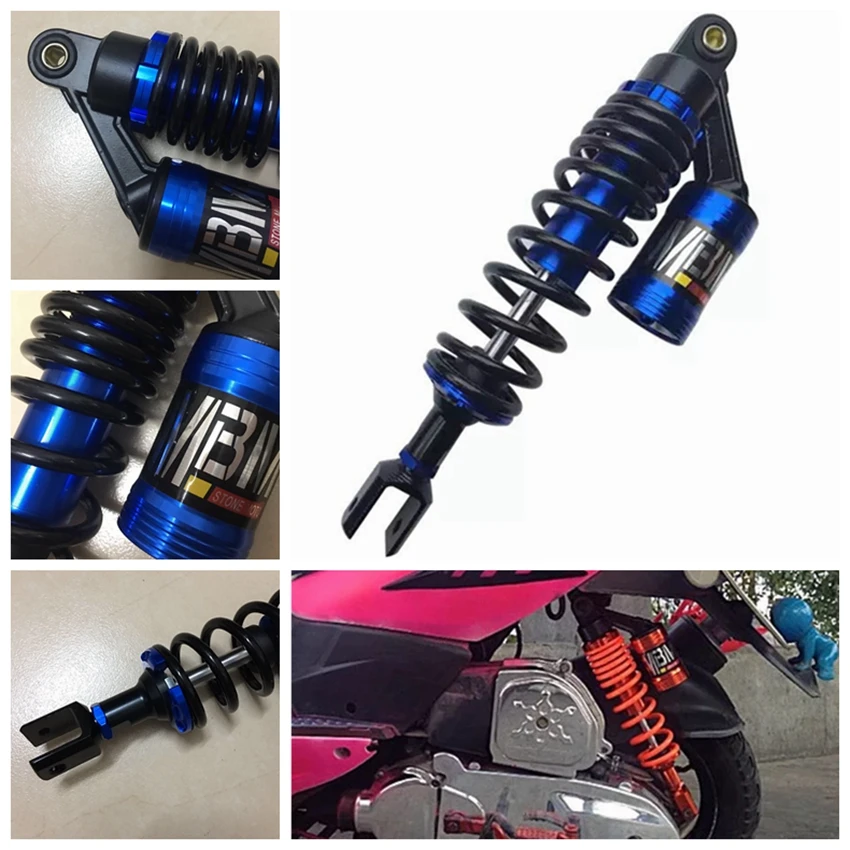 It can be found in sport class ATVs and some Side-by-Sides models.
It can be found in sport class ATVs and some Side-by-Sides models.
Remote receiver: some manufacturers offer shock absorbers with a remote nitrogen reservoir, which is connected to the shock absorber body by a nitrogen gas pipeline with a protective coating.
See all models of ATVs BRP
Author Sphere of Law Reading 11 min Views 14 Posted by
Contents
When choosing an ATV, many people pay attention only to appearance and brand. Do not forget that an ATV is needed not to impress with its design, but to conquer off-road or help in agriculture.
Do not forget that an ATV is needed not to impress with its design, but to conquer off-road or help in agriculture.
The basic characteristics by which you can determine the capabilities of an ATV are the maximum speed and power. Economical and economic people also pay attention to fuel consumption.
As a rule, ATVs are able to accelerate to 80-90 km/h Compared to cars, this figure is completely unimpressive. On the other hand, hardly anyone wants to go faster over bumps and mud.
Sports ATVs designed for driving on special tracks, capable of accelerating up to 120-130 km / h. Well, if this is not enough, then there are also “road cars” that can give out all 200 km / h on asphalt.
The average ATV has a 500cc engine that produces 20 to 40 hp. This power is enough for travel and outdoor activities. If you prefer aggressive driving in extreme conditions, then it is better to choose an all-terrain vehicle with an engine capacity of 700 "cubes" to 1 liter. The power of such ATVs reaches 80 "horses".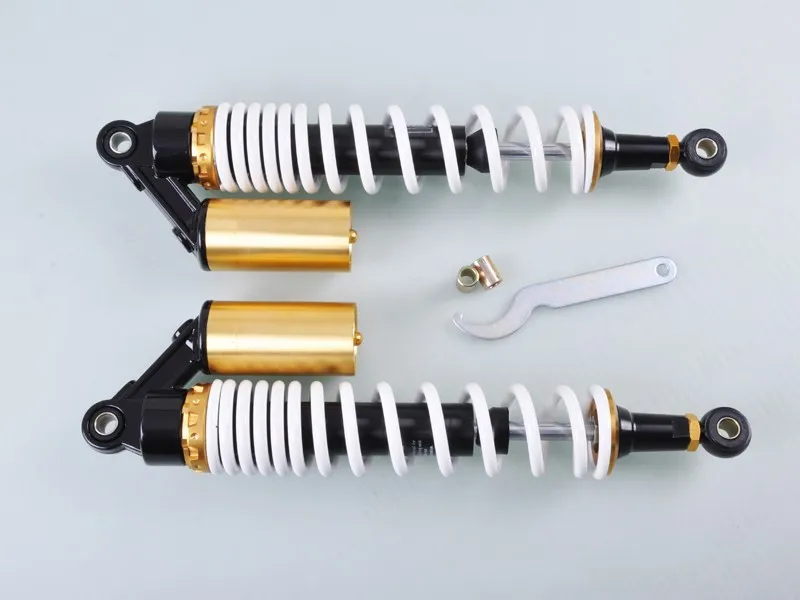
Fuel consumption
Despite the small engine size and relatively low weight, average ATVs "eat" about 10 liters of fuel per hundred. However, this indicator can hardly be called accurate, because fuel consumption depends on driving speed, terrain, and even the professionalism of the driver. So in inept hands and difficult conditions, the number 10 easily increases to 13. But modern hybrid SUVs consume an average of 5-7 liters of fuel per hundred. So you can’t call an ATV an economical transport.
In any case, first determine the conditions in which the ATV will be used. Then calculate what technical characteristics are necessary for these conditions. And only after that choose an ATV.
The information provided is for reference only and is not a public offer, determined by the provisions of Article No.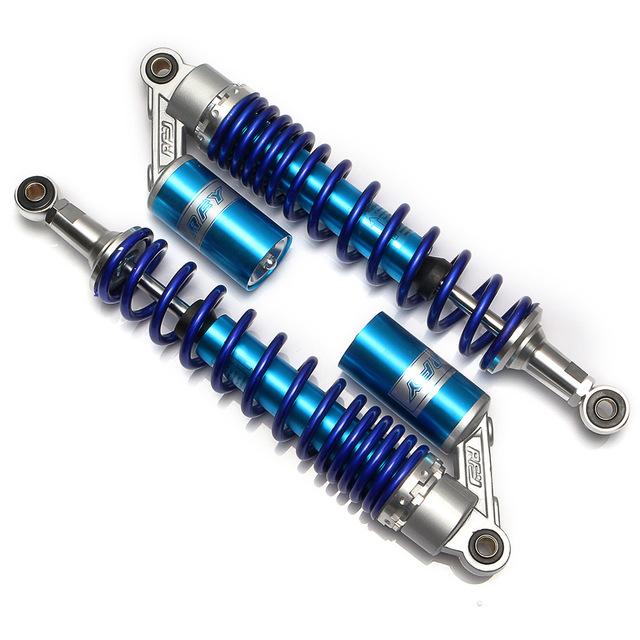 437 of the Civil Code of the Russian Federation.
437 of the Civil Code of the Russian Federation.
+7 (499) 113-65-21 [email protected] from 10:00 to 21:00
We use cookies to analyze events on our website, which allows us to improve user experience and service. By continuing to browse the pages of our site, you accept the terms of the User Agreement.
Source
*A review of the best according to expertology.ru. About selection criteria. This material is subjective, is not an advertisement and does not serve as a guide to the purchase. Before buying, you need to consult with a specialist.
ATVs are convenient due to their compactness and cross-country ability. The more powerful the engine of the ATV, the higher the speed the equipment will be able to develop when moving in a straight line. In swampy or sandy areas, the increased power will improve the ride quality and you will be able to drive slowly where others get stuck. Our experts figured out which ATVs are the most powerful and fastest of those sold in the Russian Federation.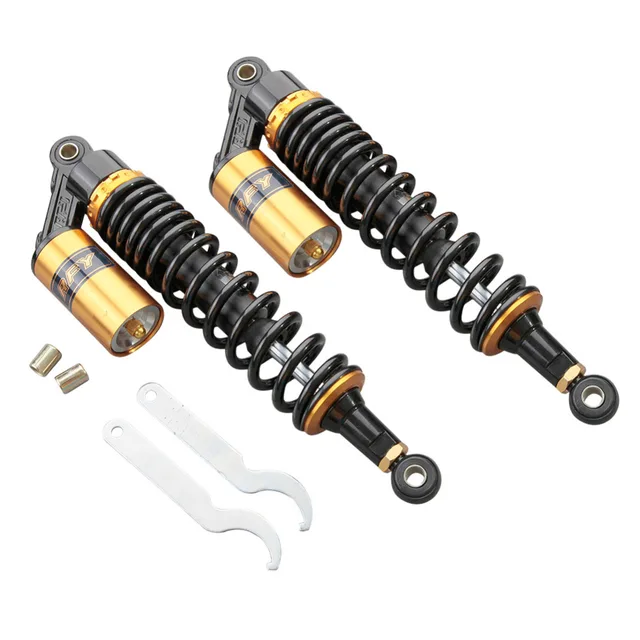
| Nomination | seat | product name | new price (2020) |
| The most powerful and fastest sport ATVs | 1 | CAN-AM MAVERICK X3 X RC TURBO RR | 3 303 000 ₽ |
| 2 | Polaris Scrambler XP 1000 S Black Pearl | 1 548 000 ₽ | |
| 3 | Yamaha YFM 700 Raptor | 979 000 ₽ | |
| The most powerful and fastest utility ATVs | 1 | CAN-AM OUTLANDER MAX 1000R LTD | 1 816 000 ₽ |
| 2 | KAWASAKI BRUTE FORCE® 750 4X4I EPS | 945 000 ₽ | |
| 3 | Polaris Sportsman XP 1000 HL Onyx Black | 1 630 000 ₽ | |
| 4 | Stels ATV 850 Guepard Trophy Pro EPS CVTech | 814 000 ₽ |
Sports models are designed for high-speed tourist trips and sightseeing, as well as just for rides. They have competitions. Due to the light weight, they are more maneuverable, but this does not apply to all types. Here are the most powerful options sold in Russia, which are famous for their dynamic ride.
They have competitions. Due to the light weight, they are more maneuverable, but this does not apply to all types. Here are the most powerful options sold in Russia, which are famous for their dynamic ride.
Tops the list with the most powerful ICE ATV, with a volume of 900 cm³, the return of which is 195 "horses". Not all sports sedans and hatchbacks have such indicators. On the track and flat dirt roads, motor vehicles demonstrate a speed of 150 km / h. The powerful unit is not only fast, but also comfortable. It has a closed cabin and two full-fledged seats with backs. This improves travel comfort and safety. The dimensions of the ATV 3416x1849x1740 mm give increased space in the cabin. A fast set of speed provides a stepless variator with an air cooling system. In the reviews, riders are satisfied with the travel of the 559 front suspensionmm, which protects against impacts while overcoming deep holes or stones on the road. Tires with a diameter of 32 inches have a universal tread for fast movement on dirt and rough terrain.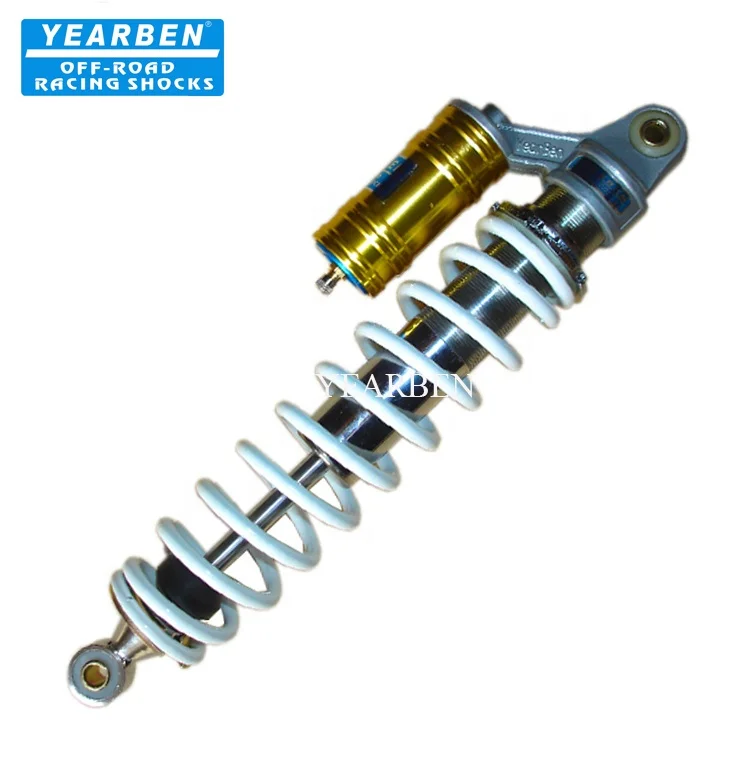
The Rotax ACE engine from an Austrian company that produces power plants even for aviation works here. A powerful internal combustion engine with a turbine and an intercooler serves flawlessly and has an increased resource, so fast driving will not soon affect its condition.
Second place goes to a 952cc ATV generating 89 hp. Of course, this is much lower than the model described above, but the weight of the ATV is 400 kg versus 850 kg, so it is also quite fast on the road. If you turn on the 2WD mode, then the torque will be transmitted only to the rear axle, so with a sharp start, the front wheels rise forward. It looks very impressive. During cornering, the quad rolls beautifully like a fan.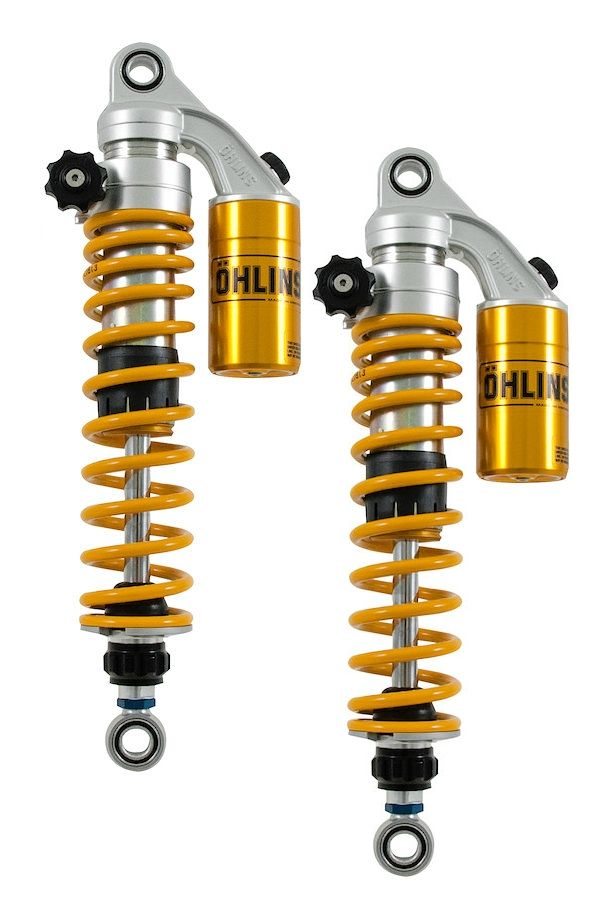 By connecting 4WD, you can confidently drive through sand, mud or snow, thanks to the increased power at the bottom of the internal combustion engine. Shock absorbers with 29 travel2 and 350 mm make the suspension stiffer than the competitor, which means the body of the ATV stabilizes faster after bumps.
By connecting 4WD, you can confidently drive through sand, mud or snow, thanks to the increased power at the bottom of the internal combustion engine. Shock absorbers with 29 travel2 and 350 mm make the suspension stiffer than the competitor, which means the body of the ATV stabilizes faster after bumps.
We commended the American ATV for its reliable PTV automatic transmission. It has several modes (P / R / N / L / H) and is “sharpened” for a fast, sporty driving style. Due to its design, it will last longer than CVTs on similar powerful ATVs.
Another powerful four-wheel motorcycle is the YFM 700 Raptor from the Yamaha brand. The engine capacity of the sports "Japanese" is 686 cm³ and it is specially designed for increased loads with an aggressive driving style. The power plant demonstrates increased power and torque. The engine is started by lightly pressing the starter button. In the reviews, the fast ATV owners like the improved performance of shock absorbers with compensation tanks. Excess oil flows into them, which allows you to lower the body and move without rocking on flat terrain. During the passage of pits, an additional volume of oil provides increased elasticity of the suspension and a long stroke of the rods.
The power plant demonstrates increased power and torque. The engine is started by lightly pressing the starter button. In the reviews, the fast ATV owners like the improved performance of shock absorbers with compensation tanks. Excess oil flows into them, which allows you to lower the body and move without rocking on flat terrain. During the passage of pits, an additional volume of oil provides increased elasticity of the suspension and a long stroke of the rods.
The Japanese manufacturer managed to achieve the optimal combination of power and speed characteristics. With a relatively small engine capacity with a return of 48 hp, motor vehicles are able to quickly cut through the road at a speed of 120 km / h. Therefore, although in terms of the number of “cubes” it loses to most competitors, not everyone will catch up with it in terms of speed.

The use of these ATVs is more versatile. They can go fishing, hunting, picking mushrooms or just ride. The presence of a luggage area allows you to bring firewood from the forest or crops from the field, as well as building materials from the store. The greater the power of the ATV, the faster it will be able to move off-road and carry more cargo at a time. Here, the maximum speed loses to the sports versions, but the power allows you to get out of any off-road.
The category of powerful utility ATVs is also headed by a representative of the American brand Can-Am, which is hard to find equal in terms of the power of a gasoline unit. The 976 cm³ engine generates 91 hp. There are a lot of reviews and videos for this fast model, showing that it can really accelerate to 108 km / h even on a bad road. This is a high figure, given the dimensions of the ATV 2388x1219x1350 mm and dry weight of 408 kg.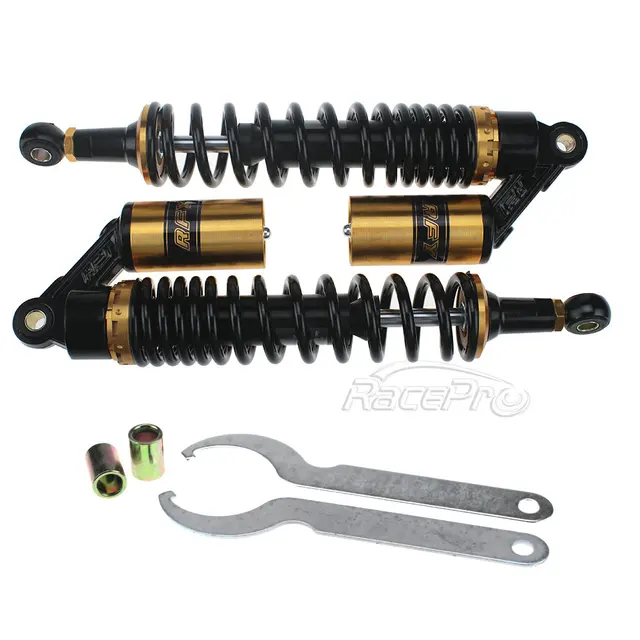 The ATV is designed to carry two people, and the stepped separation of the seat and passenger backrest make boarding more comfortable for everyone. Dynamic power steering makes it easy to steer and you can literally turn the wheels while standing still in the mud. Depending on the terrain, modes are available: "dirt", "working" and "sports".
The ATV is designed to carry two people, and the stepped separation of the seat and passenger backrest make boarding more comfortable for everyone. Dynamic power steering makes it easy to steer and you can literally turn the wheels while standing still in the mud. Depending on the terrain, modes are available: "dirt", "working" and "sports".
ATV stands out with increased power and a smart automatic differential lock system. For the sake of fuel economy and fast travel on the road, only one drive is always on. But if one of the wheels begins to slip, the torque will be transmitted to all 4 wheels. This allows you to focus on the road and views, and not be distracted by the nuances of management.
Japanese ATV equipped with a 749 cc V-twin engine producing 50 hp. This allows you to spin the motor up to 6750 rpm. With a small weight of 319 kg and a transmission in the form of a variator, the ATV quickly accelerates from a standstill, and the maximum speed of the device is 100 km / h. 25" tires and high footpegs provide 240mm of ground clearance for climbing over fallen trees, rocks or other obstacles. The ATV is refueled with AI-9 gasoline5, for which a tank of 19 liters is provided. The liquid cooling system allows you to travel long distances and make full use of a powerful power plant when towing trailers. Multi-link suspension contributes to comfort on a bad road - judging by the reviews, it is not necessary to rise on your feet when driving over bumps. Two luggage areas expand the possibilities for transporting cargo.
This allows you to spin the motor up to 6750 rpm. With a small weight of 319 kg and a transmission in the form of a variator, the ATV quickly accelerates from a standstill, and the maximum speed of the device is 100 km / h. 25" tires and high footpegs provide 240mm of ground clearance for climbing over fallen trees, rocks or other obstacles. The ATV is refueled with AI-9 gasoline5, for which a tank of 19 liters is provided. The liquid cooling system allows you to travel long distances and make full use of a powerful power plant when towing trailers. Multi-link suspension contributes to comfort on a bad road - judging by the reviews, it is not necessary to rise on your feet when driving over bumps. Two luggage areas expand the possibilities for transporting cargo.
We marked the ATV as the best in terms of stability. With a short length of 2195 mm, the width is 1180 mm, and the wheelbase is 1285 mm, so it is much less likely to roll over at speed in a turn.
The American utility-type ATV is endowed with a 952-cc power unit with a capacity of 85 "horses".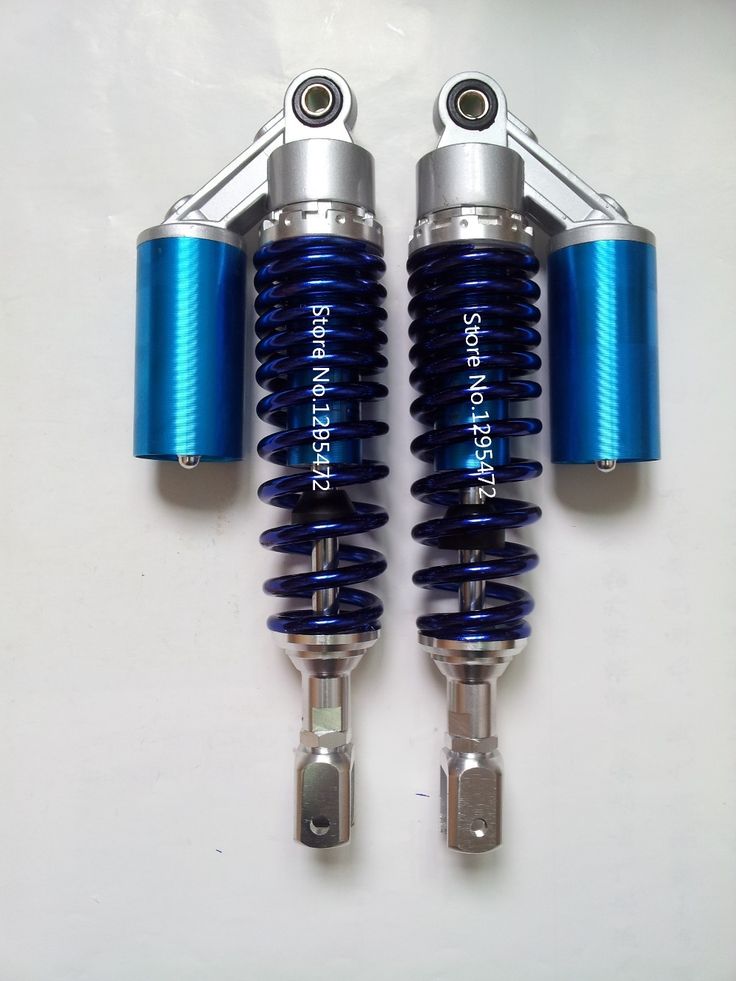 Up to 45 km / h, the technique accelerates in just 2.5 seconds, and the maximum speed is possible up to 90 km / h. The pilot has several transmission modes available, where torque is transmitted only to the rear axle or both at once. A low gear combined with a powerful internal combustion engine helps you get out of dry sand and snow without extra effort. The clearance of 340 mm increases the cross-country ability on strong off-road. Reviews show that it is almost impossible to "sit on the belly" on it. But if you get stuck, you won't need to call for help. The ATV has a powerful electric winch with a hook that you can hook onto the nearest tree and pull the equipment out yourself.
Up to 45 km / h, the technique accelerates in just 2.5 seconds, and the maximum speed is possible up to 90 km / h. The pilot has several transmission modes available, where torque is transmitted only to the rear axle or both at once. A low gear combined with a powerful internal combustion engine helps you get out of dry sand and snow without extra effort. The clearance of 340 mm increases the cross-country ability on strong off-road. Reviews show that it is almost impossible to "sit on the belly" on it. But if you get stuck, you won't need to call for help. The ATV has a powerful electric winch with a hook that you can hook onto the nearest tree and pull the equipment out yourself.
Experts liked the ATV for the removal of the radiator to the top of the hood. The liquid cooling panel is additionally covered with powerful pads that protect the vulnerable part from the impact of branches. This allows you to operate the ATV in even more severe conditions and pass through the undergrowth without damage.
The speed of this model in its class of utility ATVs is confirmed not only by the name "Cheetah", but also by the characteristics of the engine. With a volume of 850 cm³, the unit produces 68 hp. with a torque of 5000 Nm (6500 rpm), so it confidently accelerates the ATV to 90 km / h. The ATV is double and equipped with a separate seat with a backrest and handles for the passenger. The footrests here are also made at different levels, so the technique is suitable for fast and long trips. In the reviews, the owners like that the steering wheel has protective pads to prevent branches from hitting the pilot's hands. A thick tube bumper protects the headlights and radiator from damage.